Grab your Virtual Boy and ready your quarters, it’s time to knock back a shot of gaming nostalgia!
nostalgia (Page 2)
Now that we’re two decades on from the ’90s, what shows would you like to see receive a modern day make-over?
Fans of fat Pikachu rejoice! The classic designs from the original Pokémon games star in this reprint of an old line. Gotta catch ’em all!
Celebrate 20 years of catching ’em all with Pokémon Center Japan’s new line of throwback goods.
Baby King Kitchen is a restaurant that wants to make adults feel like kids again. Is it just a happy meal pipe dream, or a trip down memory lane?
It’s weird being in your thirties (or thereabouts) in 2015. Kids today have no idea what a struggle it was for us growing up in the days before smartphone selfies, dumb internet trends, and myriad modern technological conveniences. Wait, what are we saying, it was absolutely awesome! For ours was a more innocent childhood, full of VHS tapes, talking on phones connected to the wall by a wire, and clunky dial-up internet that still felt like the greatest thing ever invented.
Japan’s 30s club is no different; they too are nostalgic for the relics of a simpler past. And in this article, we round up 22 nostalgic items that Japanese Twitter users say sum up their idyllic childhoods. But how many of them (if any) are the same as those we in the west enjoyed?
Recently, our Japanese reporter Yoshio visited his parents’ house and decided to finally take a stab at tidying up his childhood room, which had been left untouched ever since he moved out. In the process, he was surprised to find many lost relics and treasures from his childhood, and became caught up in a wave of nostalgia for several hours. Needless to say, he didn’t get much cleaning done in the end…
If you’re the nostalgic type, perhaps you’d like to take a peek at the treasures that Yoshio dug up, some from over 20 years ago!
The Showa period (1926-1989) was a time of immense change for Japan when the country went from being an imperial power to a poverty-stricken post-war nation and then becoming an economic powerhouse that dominated automotive and electronic industries around the world. Twenty-seven years since that era ended and the current Heisei era began, fond memories of “Showa Japan” still flood many Japanese minds.
But a recent online poll asked netizens to take off their rose-tinted glasses and consider the aspects of daily Showa-period life that, while seeming completely normal back then, would be unthinkable now. Join us after the jump for a look at the slightly grim feedback.
We’re constantly amazed by the creative ways people come up with to reuse defunct technology, and here’s another one to blow your mind. One YouTuber has used his programming and music skills to reproduce popular tunes and game music using… floppy disk drives!
The French actress Emmanuelle Riva is best known for her role in Alain Resnais’s Hiroshima, Mon Amour, an innovative 1959 drama that explores memory and loss against a background of the after-effects of the Hiroshima bombing. While filming on location in Hiroshima, Riva also took these striking photographs of the city and its people, which provide a fascinating peek into everyday life in Japan back then.
The names of the toys – Turnin’ Turbo Dashboard; Fun-To-Drive Dashboard – might not ring any bells. But the boxy red plastic exterior, the click of the gear stick and the repetitive roar of the engine that drove parents to distraction? Yep, you know this game.
One Redditor recently pulled his Dashboard out of storage and was delighted to discover that it “still runs like a dream”. Cue reams of nostalgic commenters flung back into their playground days, when kids could be kids and sit alone all summer playing 100-mile-an-hour driving simulator without prompting any hand-wringing or moralistic wailing. It’s time to raid your stash of enormous dry cell batteries – we’re going for the drive of your life.
In the wake of the exciting new video game systems hitting stores this season, our reliable Japanese friend Nintendo is taking us onboard the nostalgia express train with a Wii U game that puts a new spin on 16 well-known NES (or Famicom in Japan) games, like Super Mario Bros. and Excitebike. Besides turning these popular games into mini-game levels where players challenge their own high score, NES Remix changes these games up a bit with new challenges, like playing Donkey Kong in the dark or playing tennis against an invisible opponent.
For those of us that find it hard to believe that the NES (called “Famicom” in Japan) turned 30 this year, Nintendo is putting out an album of 26 of the best theme songs from classic games like Super Mario Brothers, The Legend of Zelda and Metroid. The two-disc album comes out December 4, making it the perfect holiday gift for that person in your life that loves the simple 8-bit tunes of yesteryear.
Anyone remotely familiar with Japan’s comic culture has likely seen or at least heard of the world-renowned adventure manga, Dragon Ball. Honestly, thanks to the anime, the TV specials, the films, and the Hollywood movie adaption, it’s hard to find anyone without at least some awareness of this awesome title. The impact that Dragon Ball has had on Japan’s comic industry is so great that a world without Super Saiyans is hard to even imagine. But, every series has to have begun somewhere, and before the 51st issue of Weekly Shonen Jump Magazine for the year 1984, there was no such thing as Dragon Ball!
…Actually, that’s a lie. Issue number 51 certainly contained the first chapter of the Dragon Ball manga, but the hype began a short time before that. After all, it’s hard to sell an all-new series without some form of advertising. We found this to be true when the Japanese side of our RocketNews24 staff managed to dig up a copy of 1984’s Weekly Shonen Jump volume 50, one issue prior to the release of Dragon Ball. Inside, we found some awesome illustrated spreads announcing the creation of this comic wonder. It’s fascinating to see just how highly the series was anticipated, though the comic’s branding might have been a little off the mark at first.
At 00:00 a.m. on March 1, 1997, a 14-year-old version of this writer- extremely lanky and awkwardly dressed- was standing outside a videogame store alongside his mother and a few slightly bedraggled-looking young men, clutching the pocket-money he’d saved for nearly 18 months, absolutely desperate to give it away.
This was undoubtedly the nerdiest moment of my life, and I’ve never since gone to a midnight launch of a videogame console, despite owning about a dozen since. But when I’d waited more than a year for the UK launch of the Nintendo 64, and, having convinced my infinitely-patient mother to drive me into town in the middle of the night, I was excited. Incredibly excited. Perhaps more excited than a night before Christmas with Santa, Willy Wonka and a dozen sugar-rushing puppies, even.
Back at home, opening my new console on my bedroom floor (it’s called “unboxing” now, and people post painfully long videos of it online…), I was hit by that curious smell of new electronics. But not just any old electronics smell; this was the smell of a new Nintendo 64. Clean, new, professional, yet somehow extremely welcoming…
Up until now, I had thought I was the only one who noticed these things- that videogame consoles, new mobile phones, whatever- had a distinct smell of their own, not just ‘electronics’.
But over at our Japanese site, Mamiya-san has written a great little article about his own experiences with much-loved games console the PC Engine (perhaps known to some as TurboGrafix-16), and, in particular, its own very special smell. Since the machine remains relatively unknown outside of its native Japan, I can’t help but share his experiences with our English-speaking readers. Read More
Sony is releasing a new product, their HF Series cassette tapes. There will be 10, 60, and 90-minute versions and prices are expected to range from around 100 to 230 yen for individual tapes, though they’ll also be available in 10-packs. Possibly in consideration for its target clientele (hint: not the young), Sony has made the printed font big, as well as made the labels and index sheets easy to write in big letters. As could be expected, the netizen response to this unveiling has been colorful … Read More
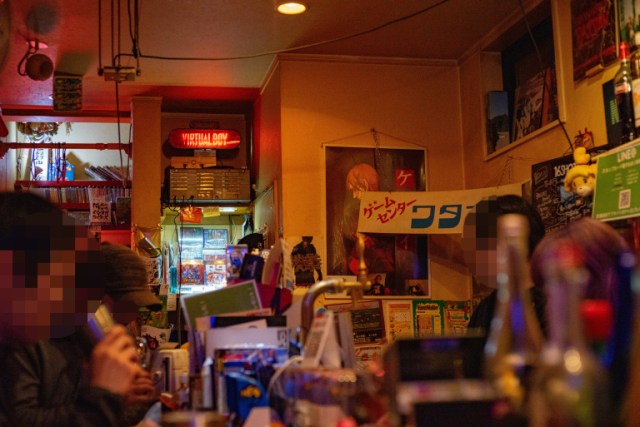
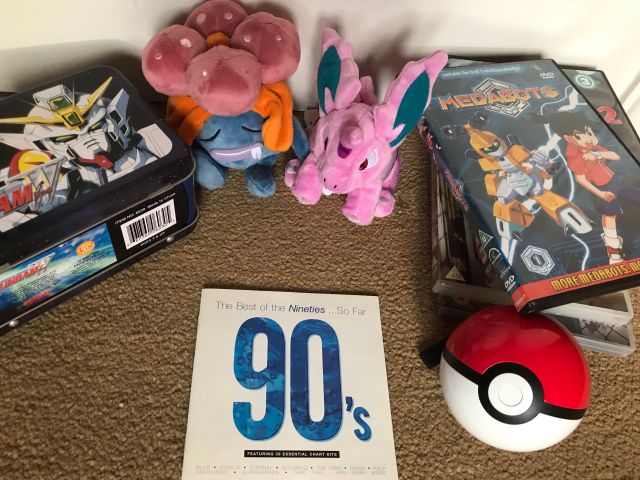
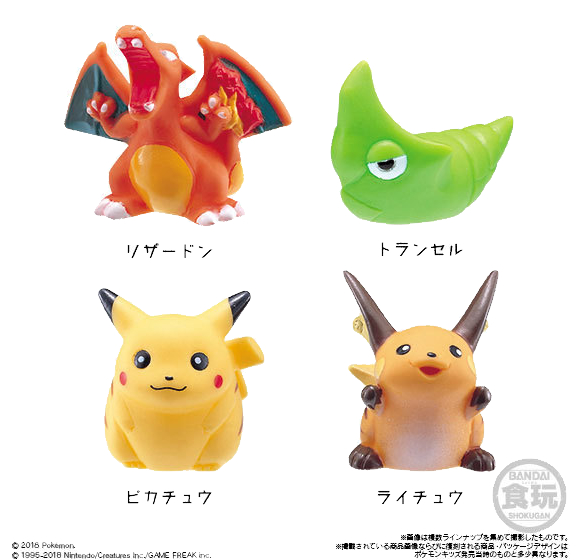
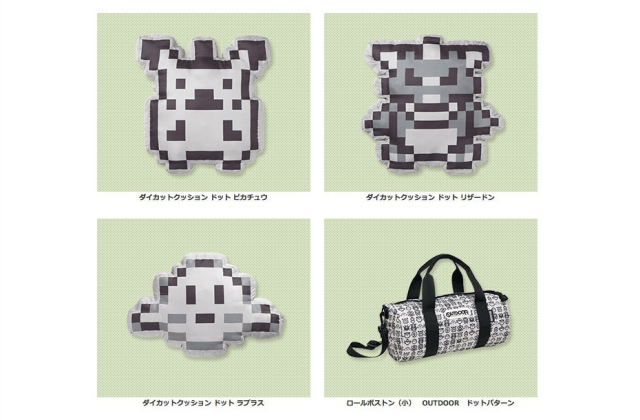
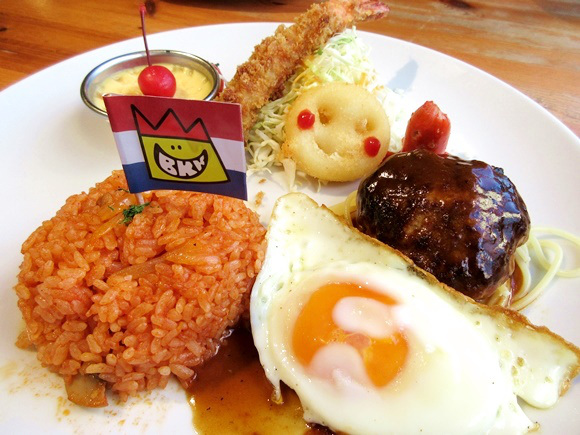
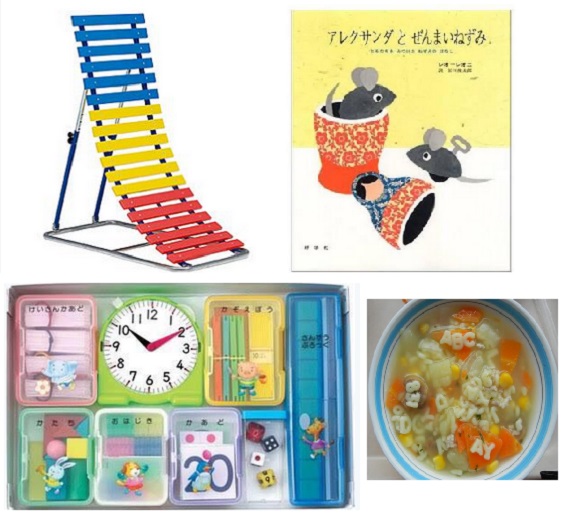
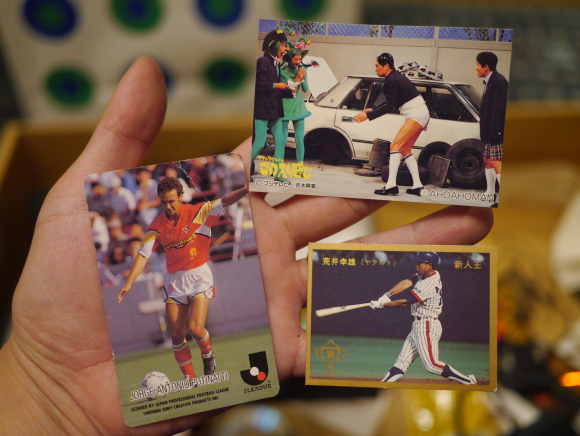
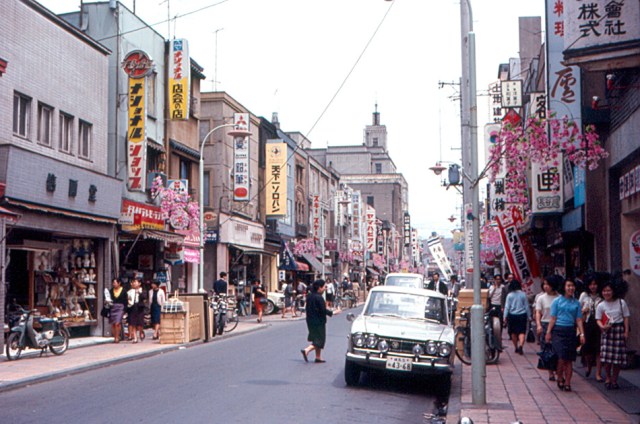

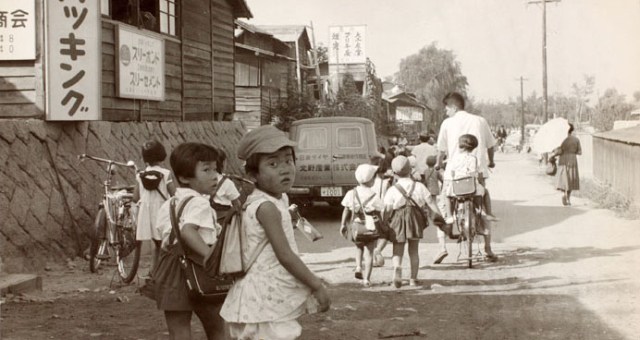
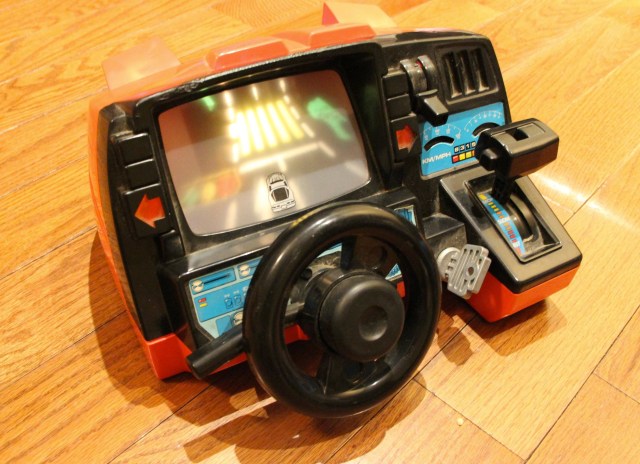
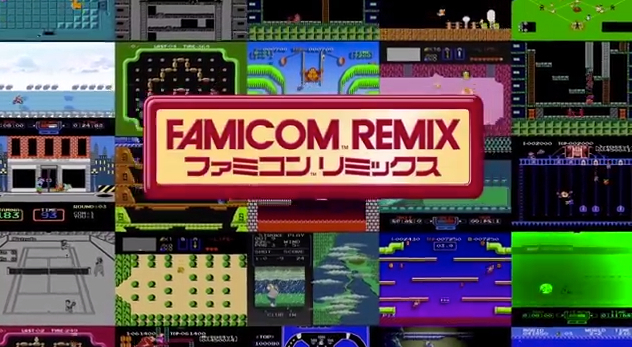

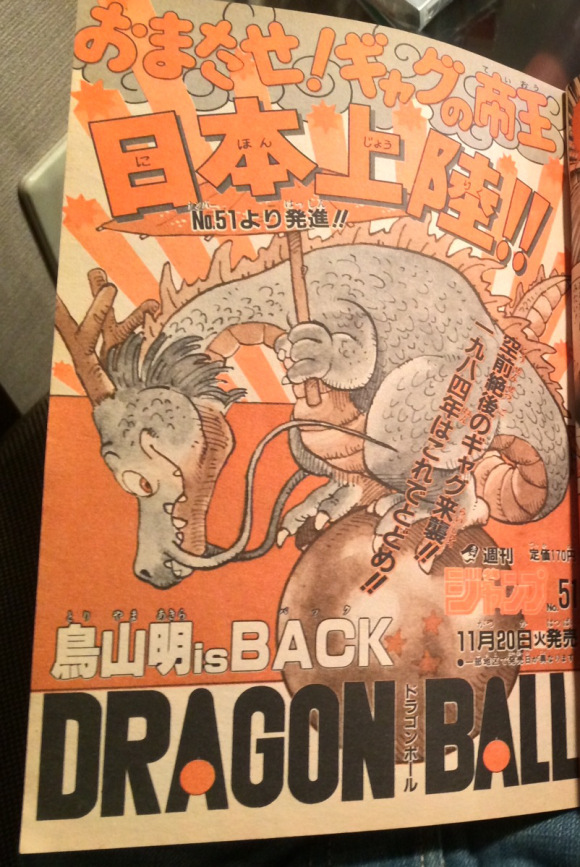
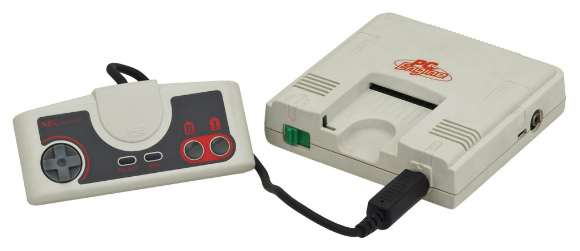
 Station of despair: What to do if you get stuck at the end of Tokyo’s Chuo Rapid Line
Station of despair: What to do if you get stuck at the end of Tokyo’s Chuo Rapid Line This downtown Tokyo cafe is like a time machine that takes you back 50 years into the past
This downtown Tokyo cafe is like a time machine that takes you back 50 years into the past Japanese train station vending machine has the best souvenirs for rail otaku
Japanese train station vending machine has the best souvenirs for rail otaku Japanese government will check and judge new baby name pronunciations, presents guidelines
Japanese government will check and judge new baby name pronunciations, presents guidelines Totoro towels gently glow in the dark to set the Ghibli nighttime mood in your home【Photos】
Totoro towels gently glow in the dark to set the Ghibli nighttime mood in your home【Photos】 Starbucks Japan releases a new Frappuccino that looks and tastes like a floral bouquet
Starbucks Japan releases a new Frappuccino that looks and tastes like a floral bouquet Studio Ghibli showcases traditional craftsmanship with new wallet range
Studio Ghibli showcases traditional craftsmanship with new wallet range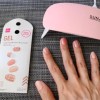 Are 100-yen shop Daiso’s gel nail polish strips a good dupe for salon quality nails? Let’s find out
Are 100-yen shop Daiso’s gel nail polish strips a good dupe for salon quality nails? Let’s find out Celebrating legal marriage days in Japan with budget-friendly photoshoots
Celebrating legal marriage days in Japan with budget-friendly photoshoots Does Japan’s “body fat-burning” bottled tea really work? Our 30-day investigation 【RocketScience】
Does Japan’s “body fat-burning” bottled tea really work? Our 30-day investigation 【RocketScience】 Japanese company develops classy heavy metal band frames for glasses
Japanese company develops classy heavy metal band frames for glasses One of Japan’s rarest sweets is a sell-out hit that looks and tastes like frost
One of Japan’s rarest sweets is a sell-out hit that looks and tastes like frost Mysterious light-up rainy night-sound Totoro figure doesn’t actually show a scene from the anime
Mysterious light-up rainy night-sound Totoro figure doesn’t actually show a scene from the anime Major Japanese city is abolishing extracurricular activities at all of its middle schools
Major Japanese city is abolishing extracurricular activities at all of its middle schools Spirited Away and Princess Mononoke plushies show a softer side of formidable Ghibli characters
Spirited Away and Princess Mononoke plushies show a softer side of formidable Ghibli characters Shakey’s is back! All-you-can-eat pizza chain returns to downtown Tokyo’s Shinjuku
Shakey’s is back! All-you-can-eat pizza chain returns to downtown Tokyo’s Shinjuku Possessing Harry Potter’s Sword of Godric Gryffindor is now illegal in Japan
Possessing Harry Potter’s Sword of Godric Gryffindor is now illegal in Japan Uniqlo announces first-ever collaboration with horror manga master Junji Ito【Photos】
Uniqlo announces first-ever collaboration with horror manga master Junji Ito【Photos】 J-pop mega star Ado reveals she’s been living in the U.S., may not understand language acquisition
J-pop mega star Ado reveals she’s been living in the U.S., may not understand language acquisition Starbucks Japan is calling it quits with paper straws
Starbucks Japan is calling it quits with paper straws Studio Ghibli releases new range of cardigans for anime fans
Studio Ghibli releases new range of cardigans for anime fans Japan’s most popular castle raising ticket prices by up to 200 percent for non-local tourists
Japan’s most popular castle raising ticket prices by up to 200 percent for non-local tourists Furikake rice seasoning sales are soaring, which is bad news for Japan as a whole
Furikake rice seasoning sales are soaring, which is bad news for Japan as a whole Studio Ghibli heroine cardigans give you warmth and strength to face everyday challenges
Studio Ghibli heroine cardigans give you warmth and strength to face everyday challenges Eight unforgettable hot springs, as recommended by Japan’s “Professor Bath”
Eight unforgettable hot springs, as recommended by Japan’s “Professor Bath” McDonald’s new Happy Meals offer up cute and practical Sanrio lifestyle goods
McDonald’s new Happy Meals offer up cute and practical Sanrio lifestyle goods Foreign tourists on Shinkansen bullet train break suitcase etiquette, angering local passengers
Foreign tourists on Shinkansen bullet train break suitcase etiquette, angering local passengers [Deleted] Article written for April Fool’s Day 2018
[Deleted] Article written for April Fool’s Day 2018 Japanese government to make first change to romanization spelling rules since the 1950s
Japanese government to make first change to romanization spelling rules since the 1950s Foreigner’s request for help in Tokyo makes us sad for the state of society
Foreigner’s request for help in Tokyo makes us sad for the state of society Japanese convenience store Family Mart announces abolishment of eat-in spaces
Japanese convenience store Family Mart announces abolishment of eat-in spaces Life-size vibrating Legend of Zelda Master Sword for sale from Nintendo【Photos】
Life-size vibrating Legend of Zelda Master Sword for sale from Nintendo【Photos】 Princesses, fruits, and blacksmiths: Study reveals the 30 most unusual family names in Japan
Princesses, fruits, and blacksmiths: Study reveals the 30 most unusual family names in Japan Studio Ghibli releases free-download board game — Here’s how to play it without reading Japanese
Studio Ghibli releases free-download board game — Here’s how to play it without reading Japanese Starbucks Japan releases a new Frappuccino that looks and tastes like a floral bouquet
Starbucks Japan releases a new Frappuccino that looks and tastes like a floral bouquet Studio Ghibli showcases traditional craftsmanship with new wallet range
Studio Ghibli showcases traditional craftsmanship with new wallet range Are 100-yen shop Daiso’s gel nail polish strips a good dupe for salon quality nails? Let’s find out
Are 100-yen shop Daiso’s gel nail polish strips a good dupe for salon quality nails? Let’s find out Celebrating legal marriage days in Japan with budget-friendly photoshoots
Celebrating legal marriage days in Japan with budget-friendly photoshoots Does Japan’s “body fat-burning” bottled tea really work? Our 30-day investigation 【RocketScience】
Does Japan’s “body fat-burning” bottled tea really work? Our 30-day investigation 【RocketScience】 We eat green fried chicken that looks like broccoli from a Shibuya chicken shop【Taste test】
We eat green fried chicken that looks like broccoli from a Shibuya chicken shop【Taste test】 Is “The Most Annoying but Most Delicious” ramen from 7-Eleven truly the most delicious?
Is “The Most Annoying but Most Delicious” ramen from 7-Eleven truly the most delicious? How did samurai swords and armor evolve over time?【Part 2】【Photos】
How did samurai swords and armor evolve over time?【Part 2】【Photos】 Evangelion and McDonald’s Japan launch first-ever collaboration with transforming figures【Video】
Evangelion and McDonald’s Japan launch first-ever collaboration with transforming figures【Video】 Uniqlo’s new graphic tee collab features Animal Crossing, Pokémon, League of Legends, and more!
Uniqlo’s new graphic tee collab features Animal Crossing, Pokémon, League of Legends, and more! Man uses AI to “destroy” censor mosaics in Japanese adult videos, gets arrested by Kyoto police
Man uses AI to “destroy” censor mosaics in Japanese adult videos, gets arrested by Kyoto police